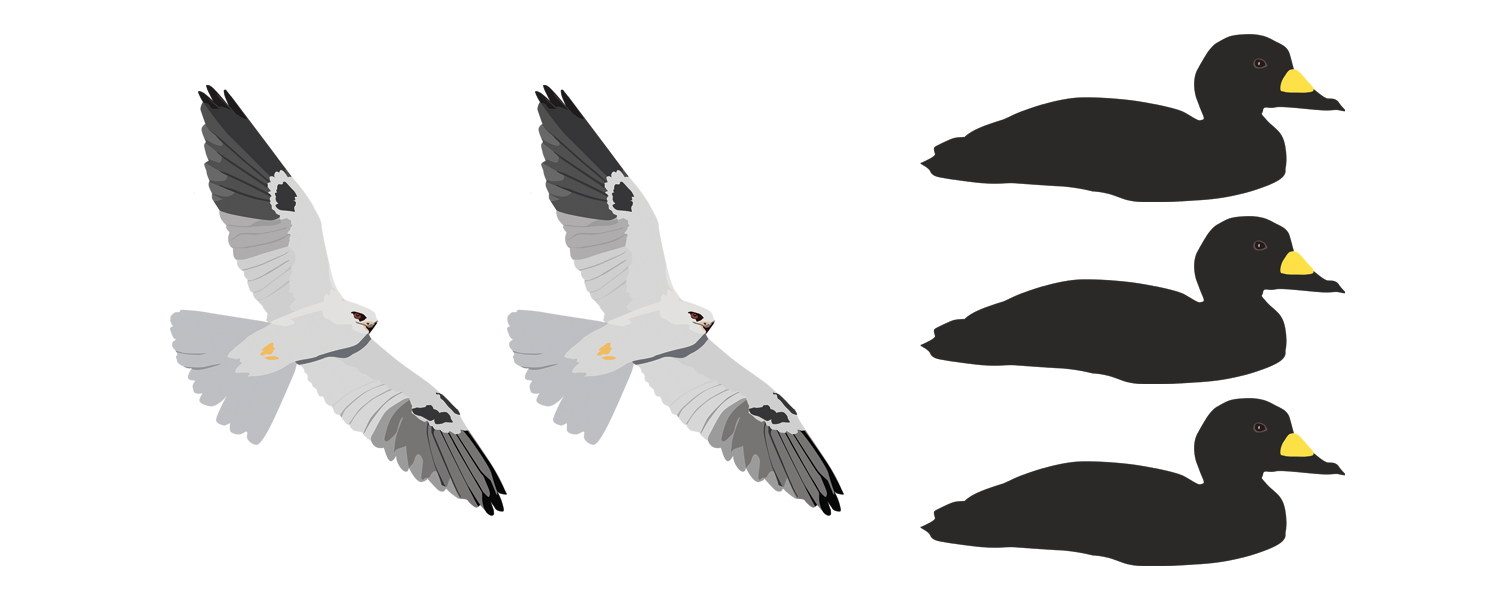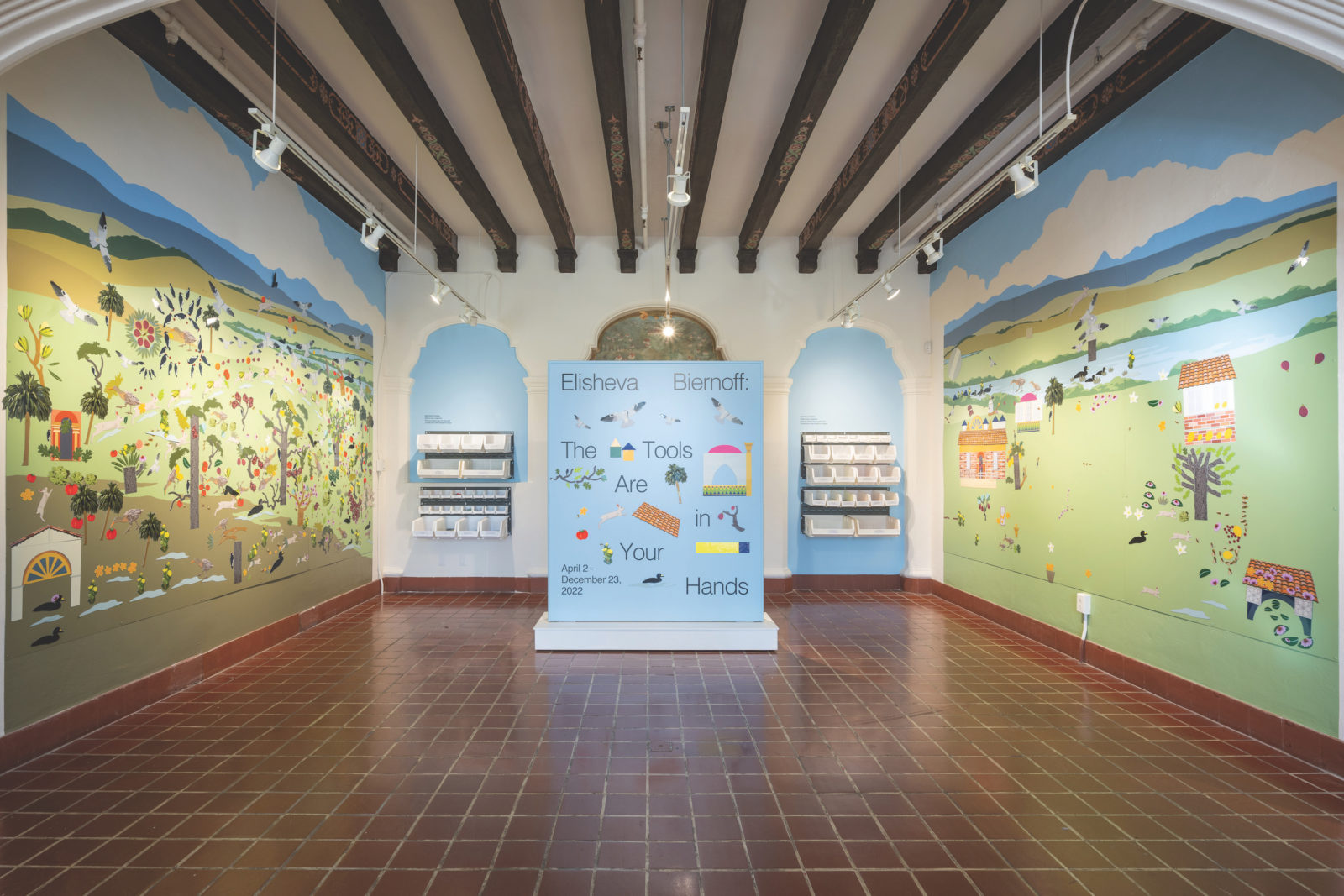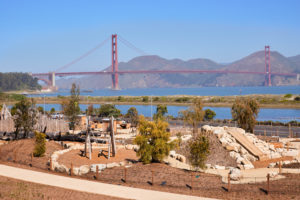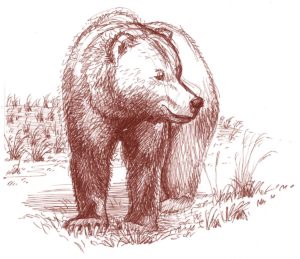In the lobby of a building that once housed an Air Force base headquarters, you’ll now find two murals depicting rolling hills and wetlands.
This is the Marin Museum of Contemporary Art in Novato, and the murals are the work of San Francisco painter Elisheva Biernoff. The murals are magnetized—an invitation to viewers to add new elements to the open landscapes on the walls. By choosing from a library of magnets, visitors to The Tools Are In Your Hands can decide where to place depictions of native species, agriculture, and the elements of the built environment.

The murals reference the nearby Hamilton Wetland Restoration Project, a long-term effort by federal, state, and local organizations to restore a disused airfield to the tidal wetland system present before the 20th century. Biernoff describes both the restoration project and the Bay Trail traversing it as “utopian” projects, a term that brings to mind the expansive visions for new societies—or entire planets—found in science fiction and myth. But here Biernoff conceives of utopia as something more down-to-earth.
“It’s always going to be out of reach,” she acknowledges, “but then it’s also something that people keep reaching for.” For Biernoff, the unattainable utopia is an aspiration, not a discouragement: a collective goal and all the disagreement and compromise that working toward it inevitably entails.
During my visit to the museum, the mural scenes buzzed with activity and potential conflict. On one wall, black surf scoters filled the waterways and the sky was dense with white-tailed kites. Rabbits shared the land with marsh gum plant, a variety of agricultural produce, and many, many bees. Meanwhile, the opposing wall was dominated by quaint homes and the signature of a participant, “Lucas.”
Did the two walls represent opposing visions for the site, created separately, or rather a deliberate division of land use? Perhaps the participants simply followed the lead of those before them, unintentionally creating two diverging landscapes. Regardless, they suggested the fundamental challenge of the utopian ideal: “It’s going to be different for each person,” Biernoff says.
Biernoff acknowledges that the exhibit brings up tough questions about this, or any, democratic project. What does it mean when someone takes down another’s work, or when goals change over time—as was the case with Hamilton Field? What should be done when not everyone’s contributions are afforded the same weight, or even seen? The premise of Biernoff’s murals is that, for better or worse, we have the power to shape our environments. The mural, she says, “could be construed as a piece about control.”
Even while prompting visitors to reflect on their role in shaping communities, The Tools Are In Your Hands is also playful. Biernoff didn’t conceive of the mural installation for children, but she says that it consciously references toys like LEGO and Colorforms. “Maybe it’s typically thought of as a childlike way of viewing the world,” Biernoff says of play, “but [it’s one] where everything is awe-inspiring and new.” Biernoff doesn’t propose that the exhibit itself will directly effect change. But, she says, “maybe that moment of making something with your neighbor is enough for the arts .… Play or imagination might be the first step in re-envisioning what we want things to look like.”





